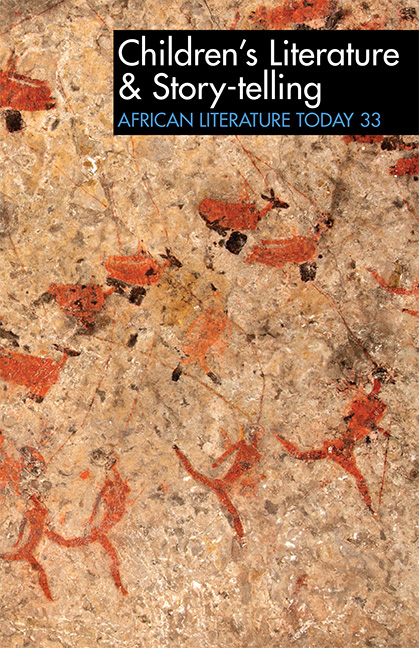Mashingaidze Gomo, A Fine Madness
Published online by Cambridge University Press: 22 May 2021
Summary
Anyone reading A Fine Madness is likely to be struck first by its title and then to do battle with it. This title encapsulates the passion and emotion that had engulfed the writer over the years. On the one hand, the madness of love is rested on a woman, an older woman, an age-defying older woman and asserts that falling in love with her is ‘fine madness’. The woman is defined as Tinyarei that metaphorically is the aged continent of Africa, a continent of great beauty and resources enough to attract the greedy eyes of the Western world that desires to possess her. Gomo states that ‘Nature is beautifully mad’; she is surpassingly beautiful and this results in a fine madness for the beholder, mad as exceeding the boundaries of defined consciousness, beyond our limits of sanity and normalcy. This is a love story of a man with his land, his culture, his identity on the brink of extinction and like Okigbo in ‘Heavensgate’, Gomo gathers the legend before it ‘sinks un-gathered into the watery deep’ The writer himself being close to death and destruction at all times during his engagement as a soldier pilot, and having delivered death and destruction to others, sees and deeply feels the need to claim his own and preserve it for all eternity. Nature is beautifully mad, a beauty that indulges the lover to undertake dangerous feats of war to protect his beloved. This madness is Gomo's trope and an enduring and endearing one.
A Fine Madness is a new genre of poetic prose with reflexive lamentation and memoirs. The book is divided into thirty-four sections or chapters with stanza blocs of run-on lines. It proves an engaging reading with powerful historical references that define the harsh reality of the African homeland. In his reflections, Gomo raises many great issues of relevance to the continent. He writes that the story of Africa is the ‘story of a mother, stripped of all self-respect by neo-colonial barbarism…. The story of Africa standing alone… scantily dressed…. [as] a destitute courtesan subjected to the wiles of Western immorality in which racist legislators vied for a global moral deviation’ (17). These and many more are the expressions of victimhood and victimization that abound in the narrative. Gomo forces a re-think of the deplorable African situation and who really may be accountable.
- Type
- Chapter
- Information
- ALT 33 Children's Literature & Story-tellingAfrican Literature Today, pp. 188 - 191Publisher: Boydell & BrewerPrint publication year: 2015

